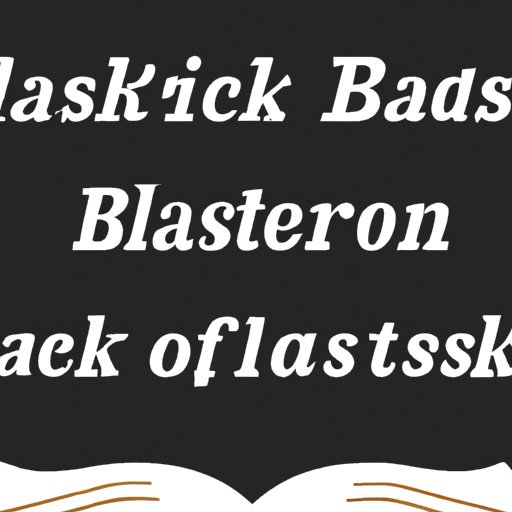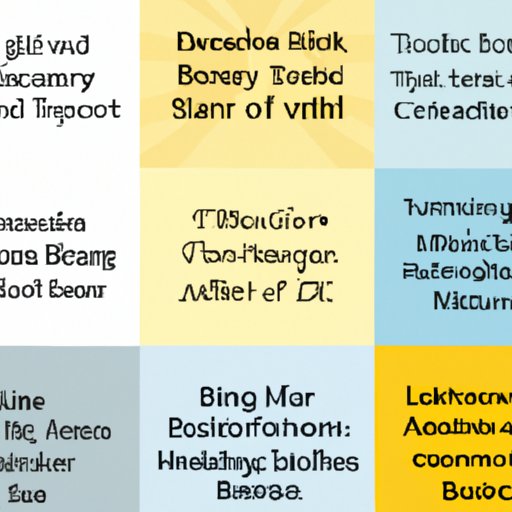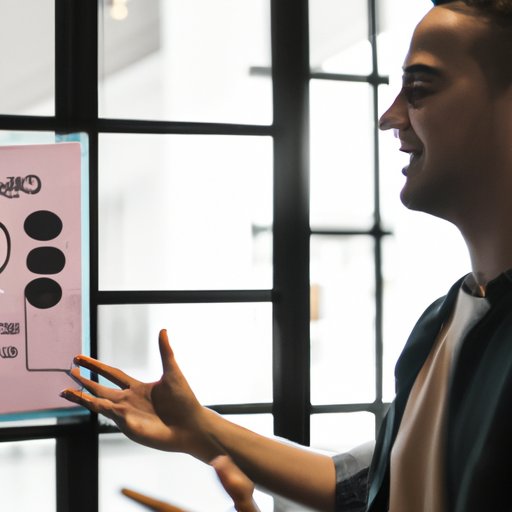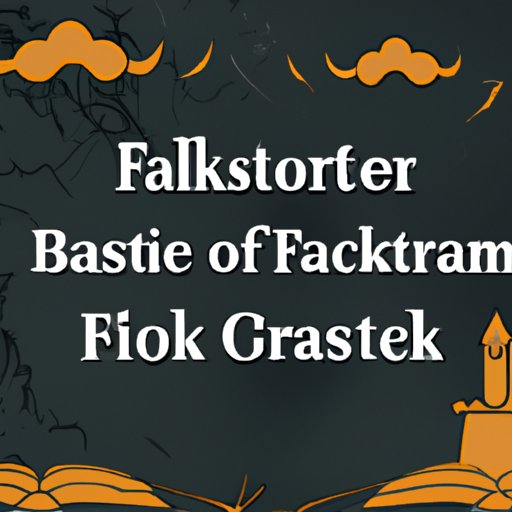Introduction
Flashback is a common literary device used by writers to create suspense and intrigue within a story. It involves taking the reader back in time, often through the use of memories or dreams, allowing them to experience an event that happened in the past. This can be a powerful tool for developing characters, creating atmosphere, and establishing narrative structure. In this article, we will explore what flashback is in literature, how it is used to create suspense and mystery, and the different types of flashback used in literary works.

Exploring Flashback in Literature: A Comprehensive Guide
What is a Flashback?
A flashback is a scene or sequence in a work of literature that transports the reader back in time. It allows the reader to gain insight into a character’s past and understand their motivations and actions in the present. Flashbacks can be used to provide background information about a character, build suspense, or add an element of mystery to a story. They can also be used to reveal the underlying theme or message of a story.
How Writers Use Flashback to Create Suspense and Mystery
Writers use flashback to create suspense and mystery in their stories. By providing glimpses into the past, they can keep readers guessing about the outcome of a story. Flashbacks can also be used to introduce new characters or events that will play an important role later on. Additionally, flashbacks can be used to foreshadow future events and give readers clues about what might happen next.
Analyzing the Power of Flashback in Fiction Writing
Flashbacks as a Tool for Character Development in Literary Works
Flashbacks can be used to develop characters and provide insight into their personalities and motivations. By exploring a character’s past, readers can gain a better understanding of why they behave the way they do and make more informed decisions about their futures. Through flashbacks, writers can also create empathy by showing readers what a character has gone through and how it has shaped them.
The Role of Flashback in Establishing Narrative Structure
Flashbacks can also be used to establish narrative structure in a work of literature. By providing glimpses into the past, writers can create a timeline for their stories and show how events from the past have shaped the present. This helps to create a sense of continuity in a story and can help readers follow the plot more easily.

Different Types of Flashbacks Used in Literary Works
Linear Flashback
A linear flashback is a scene or sequence that takes the reader back in time in a straightforward manner. It follows a chronological order and does not jump around in time. Linear flashbacks are often used to provide background information about a character or event.
Non-Linear Flashback
A non-linear flashback is a scene or sequence that jumps around in time. It can jump between different points in a character’s life or even between different characters’ lives. Non-linear flashbacks are often used to create suspense and mystery by revealing pieces of information slowly over time.
Simultaneous Flashback
A simultaneous flashback is a scene or sequence that takes the reader back in time while also moving the story forward. It can be used to provide insight into a character’s past while also advancing the plot. Simultaneous flashbacks can be a powerful tool for adding depth and complexity to a story.

Examining the Use of Flashback to Enhance Storytelling
The Impact of Flashbacks on Plot Development
The use of flashbacks can have a dramatic impact on the development of a story. By providing glimpses into the past, writers can create a timeline for their stories and show how events from the past have shaped the present. This helps to create a sense of continuity in a story and can help readers follow the plot more easily.
Benefits of Using Flashbacks in Fiction Writing
Flashbacks can be a powerful tool for writers. They can be used to provide background information, create suspense and mystery, and establish narrative structure. They can also be used to develop characters and provide insight into their motivations and actions. Flashbacks can be a great way to add depth and complexity to a story and draw readers in.
Conclusion
Summary of Key Points
In this article, we explored flashback in literature. We looked at what flashback is, how writers use it to create suspense and mystery, and the different types of flashback used in literary works. We also examined the impact of flashbacks on plot development and the benefits of using flashbacks in fiction writing.
Final Thoughts on Flashback in Literature
Flashback is a powerful tool for writers. Used correctly, it can add depth and complexity to a story and keep readers engaged. By taking the reader back in time, writers can create suspense and mystery, develop characters, and establish narrative structure. Hopefully, this article has helped you better understand flashback in literature and how to use it effectively in your own works.
(Note: Is this article not meeting your expectations? Do you have knowledge or insights to share? Unlock new opportunities and expand your reach by joining our authors team. Click Registration to join us and share your expertise with our readers.)
